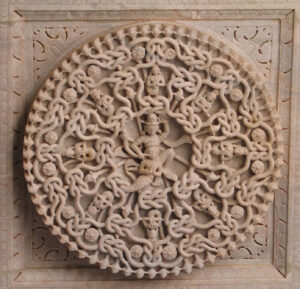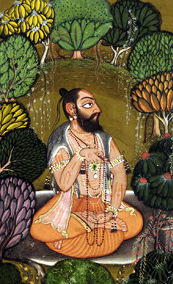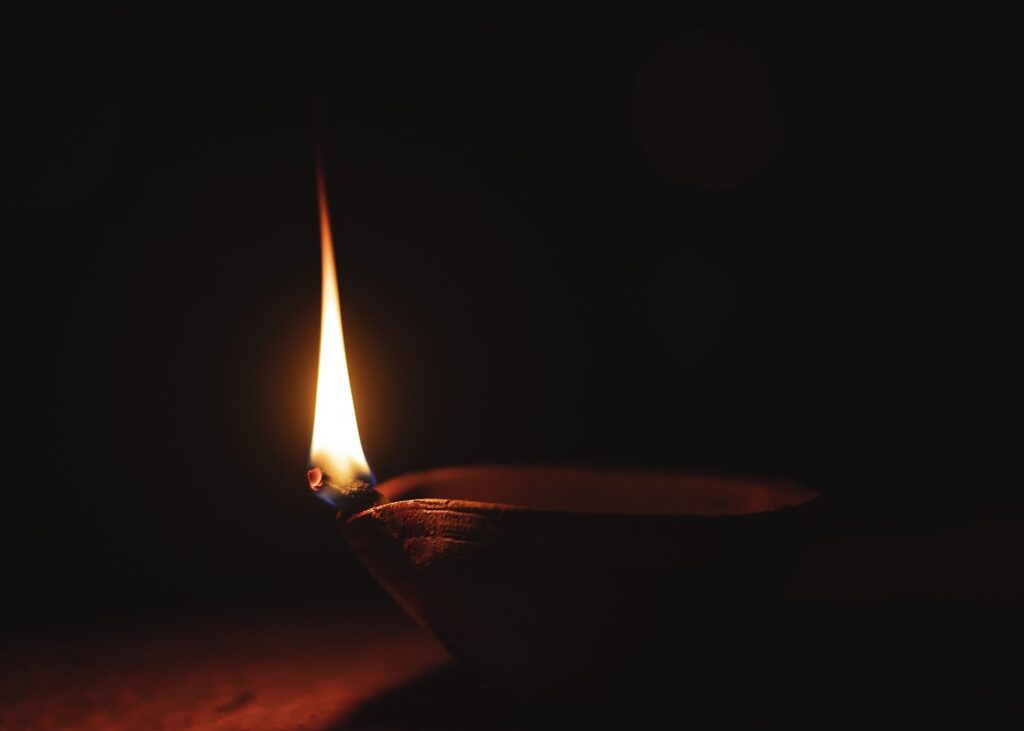Karma in Sanskrit means the works. It has other meanings such as duty or actions also. Siddhanta in Sanskrit means finally proved principle in the end. It has other meaning such as proof or theorem. Hence this subject is the principle of work and its results up on its doer, considering all living creatures on earth including the human species. The complementary idea of this truth is Punarjanma, means rebirth. In the previous article on this website ‘Karma: How it affects future’, it is described.
How Punarjanma Siddhanta is complementary with Karma Siddhanta?
Punarjanma Siddhanta means the ‘Principle of Rebirth’ and is the complementary principle to the Karma Siddhanta. Moreover, these two principles are also linked to the Mimamsa Science as already told in this website. These are the subjects of Sanatana Dharma.
According to Indian Karma Siddhanta, there are certain terms or words to be understood initially to think before the Karma Siddhanta. Punya means virtues gained. Papa means sins accumulated to one’s life account. Rebirth means, after death, the living soul energy will be born again according to the credits of virtues and sins taken together in another young child body. The universal soul generally referred as God can create his soul as its own tiny part life beings having own mechanism capable, as discussed in the chapter of Madhvacharya of this website, under the Dvaita and Advaita Siddhantas.

The unicellular organ bacteria are the smallest life species as detailed in Garuda Purana. Elephants, rhinos or human beings are the bigger in body-size life as detailed in Garuda Purana. But the life soul active energy of bacteria, cows, elephants or rhinos are equal in mass and weight. Shankaracharya proved in his life the portability of this soul energy from his body into the recently dead body of another man is possible, the technique with name as Para Kaya Pravesh. But the transplanting of soul energy from human to another human only was shown as possible.
Hence after several times of birth and death, one slowly starts gaining more and more virtues and finally gets into the human body. When the virtues are very high and sins are meagre, one gets birth as a child to live later as a pure vegetarian. In India, then that human being gets the horoscope. This is a typical life under Sanatana Dharma who could be born anywhere now.
जननी जन्म सौख्यानां वर्धनीकुल संपदां ।
पदवी पूर्व पुण्यानां लिख्यते जन्म पत्रिका ॥
Meaning: Mother being the reasonable cause of birth and pleasures, later developments of the child, the family growth with wealth, according to the previous virtues, the status in the society it gets, for considering all these facts the horoscope is written.
Continue reading






